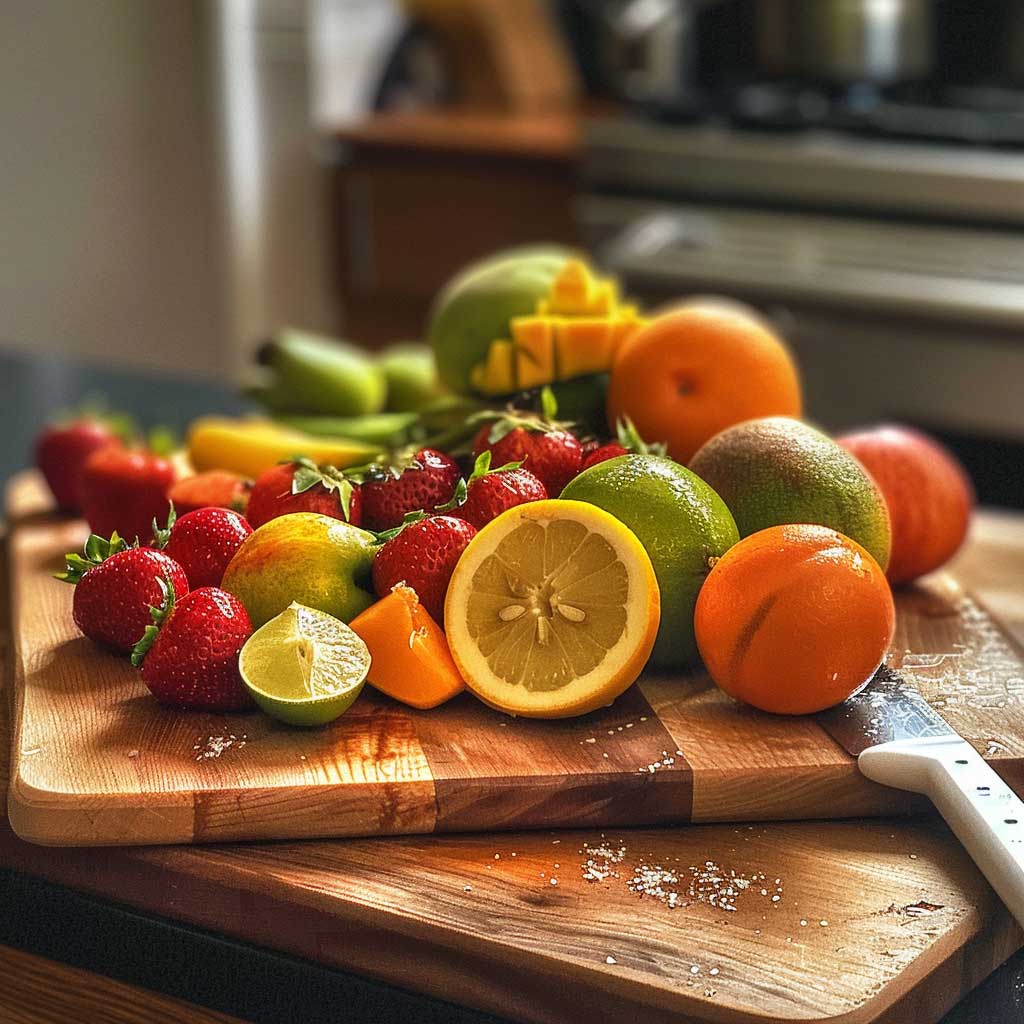Fruits, the ripened ovaries of flowering plants housing seeds for reproduction, encompass a wide range of types. While we typically associate fruits with sweet varieties like berries, citrus, and tropical fruits, they also include tomatoes, cucumbers, and peppers. Fruits can be enjoyed fresh, cooked, dried, candied, or juiced, offering diverse culinary possibilities.
The Rhythm of Nature: Seasons and Their Bounty
Fruits reach their peak when enjoyed in season, typically harvested before fully ripe to develop their flavors. While citrus, berries, grapes, cherries, melons, pineapples, and plums don’t significantly enhance in taste post-harvest, others like apricots, avocados, bananas, mangos, pears, peaches, and tomatoes continue to mature, emitting ethylene gases that aid in ripening. To expedite this process, store them in a warm, paper-lined space, avoiding plastic which may impede gas concentration.
Acquiring and Preserving Fruits:
Fresh Fruit Handling Guidelines:
- Consume fresh fruit within three days of purchase.
- Refrigerate berries at 38-42°F/ 3°-6°C, while allowing unripe melons and avocados to ripen at room temperature. Once ripe, refrigerate for up to three additional days.
- Avoid refrigerating bananas to prevent black spots and preserve sweetness.
- Tropical fruits can be stored at slightly higher refrigerated temperatures (50°F/10°C).

Fruit Processing Guidelines:
Bananas, apples, pears, and avocados are prone to enzymatic browning, a process that can be reduced through acidulation (using lemon juice or vinegar) or cooking.
Preparing Fruits for Cooking:
Utilizing Fruits in Culinary Applications:
Fruits serve as key ingredients in sauces, jams, jellies, and compotes, and can also be roasted, grilled, broiled, or poached to create savory side dishes or desserts. Sugar is commonly incorporated into fruits cooked in liquid to enhance firmness and preserve their shape. Additionally, fruits can be transformed into chips by immersing them in a simple syrup and baking at a low temperature, or they can be dehydrated without added sugar.


